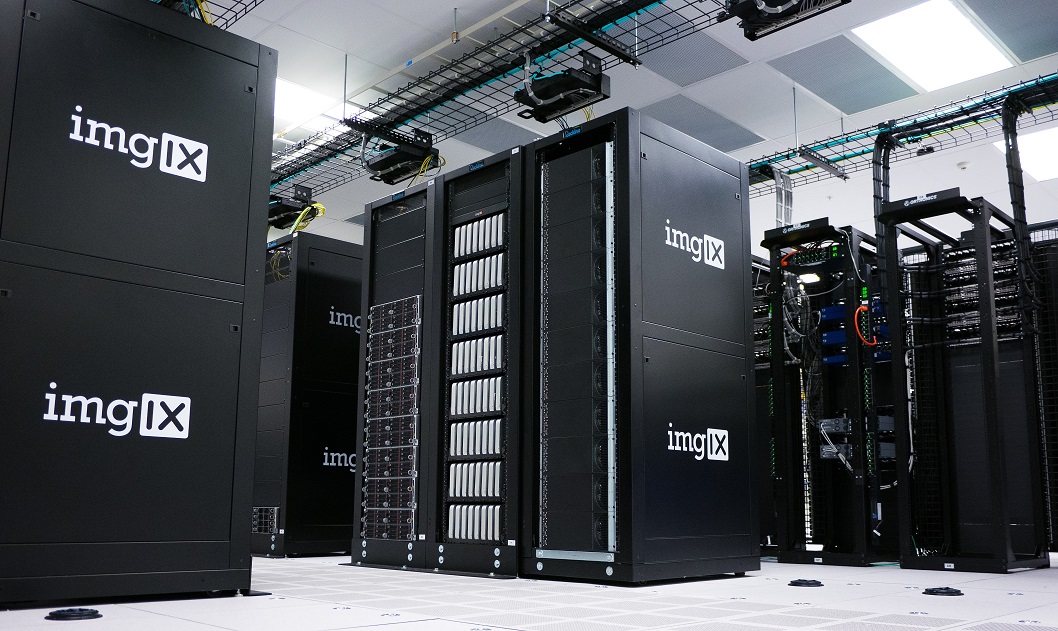In today’s data-driven world, the demand for secure and efficient storage solutions is ever-growing. Traditional cloud storage services have long been the go-to option, but the rise of decentralized alternatives, such as Storj, is challenging the status quo. In this blog post, we’ll embark on a journey through the pros and cons of Storj and traditional cloud storage, helping you navigate the digital horizon.
Traditional Cloud Storage: A Familiar Landscape
Pros:
-
User-Friendly Interfaces: Traditional cloud storage services often come with polished and user-friendly interfaces, making it easy for individuals and businesses to manage their data effortlessly.
-
Established Track Record: Companies like Dropbox, Google Drive, and Amazon S3 have a proven track record of reliability and stability, having served millions of users for years.
-
Accessibility and Integration: Traditional cloud storage seamlessly integrates with various applications and platforms, providing users with easy access to their data from multiple devices.
Cons:
-
Centralization Risks: Traditional cloud storage relies on centralized servers, making them susceptible to security breaches, data manipulation, and downtime due to server outages.
-
Costs Can Add Up: While many traditional cloud storage services offer free plans, costs can escalate as storage needs grow. Additional charges for data transfer and premium features can lead to unexpected expenses.
-
Privacy Concerns: Users entrust their data to centralized entities, raising concerns about privacy. The hosting company has access to user data, which could be a dealbreaker for those prioritizing privacy.
Storj: Decentralization Unleashed
Pros:
-
Decentralized Security: Storj employs a decentralized network of nodes, reducing the risk of a single point of failure. This architecture enhances security, making it challenging for malicious actors to compromise the entire system.
-
Cost-Effective Storage: Storj utilizes a token-based economy, allowing users to earn tokens by contributing their excess storage space. This approach can result in lower costs for end-users compared to traditional cloud storage models.
-
Data Privacy: Storj’s decentralized approach means that users retain control over their data. Encryption is a fundamental aspect, ensuring that only authorized individuals can access sensitive information.
Cons:
-
Learning Curve: Transitioning from traditional cloud storage to Storj may involve a learning curve, particularly for those unfamiliar with blockchain technology and decentralized systems.
-
Network Maturity: While Storj has made significant strides, it’s essential to acknowledge that the network is still evolving. Users might encounter occasional performance variations as the network matures.
-
Limited Integration: Storj may have fewer integrations compared to traditional cloud storage giants. This could be a drawback for users heavily reliant on third-party applications and services.
Conclusion: Choosing Your Digital Frontier
In the Storj vs. traditional cloud storage debate, the right choice ultimately depends on individual preferences, priorities, and technical requirements. Traditional cloud storage offers familiarity and convenience, while Storj brings decentralization and enhanced security to the table. As the digital landscape evolves, users are empowered to make choices that align with their values and priorities. Whether you opt for the familiar embrace of traditional cloud storage or embark on the decentralized journey with Storj, the key is to make an informed decision that suits your unique needs in the ever-expanding digital universe.
A Beginner’s Guide to Crypto Mining: Unveiling the Digital Gold Rush

